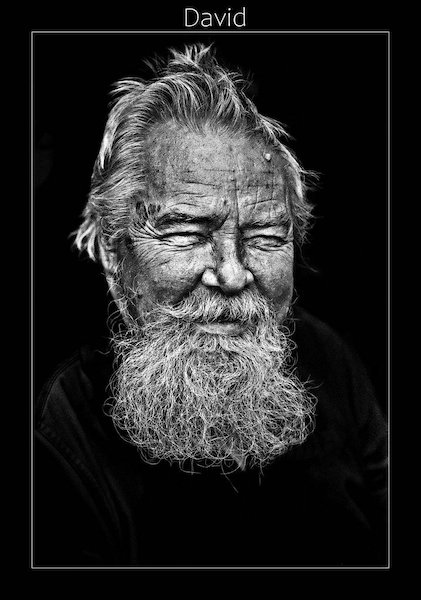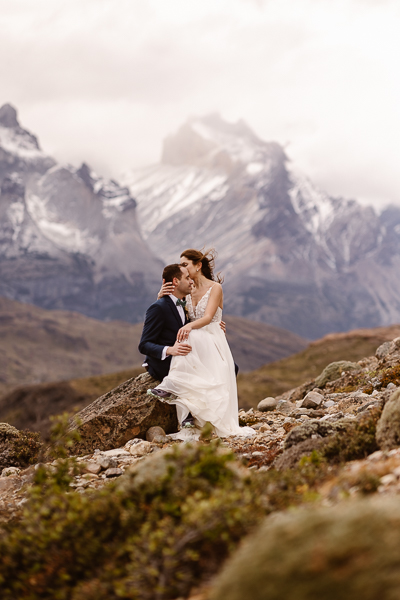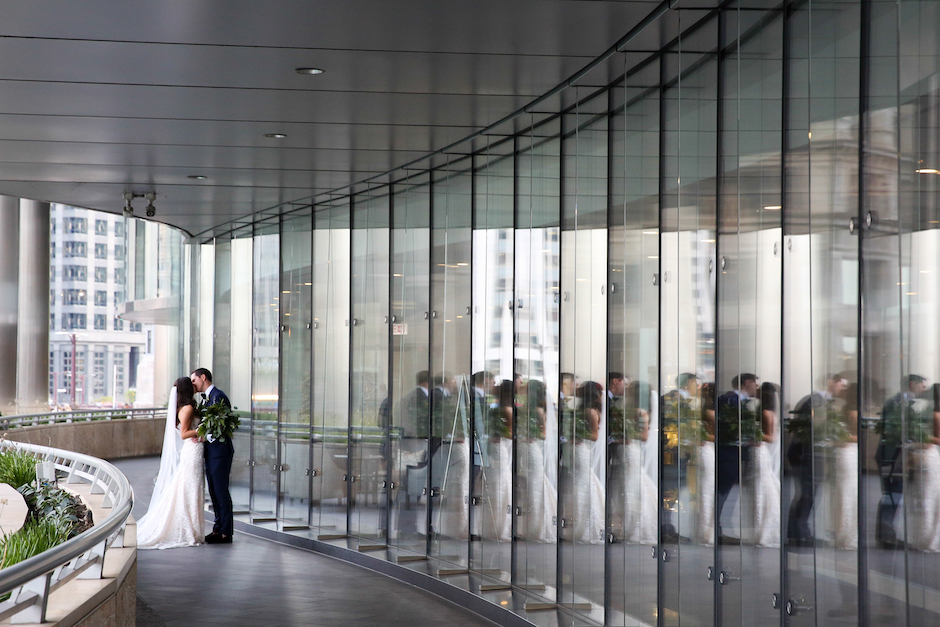Saving Yesterday for Today
December 1, 2009
I was intrigued. David Hume Kennerly was the White House staff photographer during the Ford administration and he recently contributed to the book Barack Obama: The Official Inaugural Book. Yet, according to his public relations rep, Kennerly was more interested in discussing “his work to help restore and preserve over 500 billion photos in American homes—hardcopies are typically kept in shoeboxes where age, floods and fires can destroy many of our pre-digital photos.”
Kennerly is a man who has become very sensitive to the safety of image archiving. And rightly so, as his career goes back to photographing the Vietnam War and even before. While a photographer’s days are numbered, his photographs can last long after he is gone. Though not when left unprotected, Kennerly muses, mentioning several notable examples of photographers whose work was burned and lost forever. Jacques Lowe, for instance, had a priceless archive of about 40,000 negatives documenting the presidency of John F. Kennedy. The negatives had been stored in a safe deposit vault and therefore thought to be safe. Sadly, that vault was at the World Trade Center and the negatives were destroyed.
With a photo archive that includes such diverse subjects as the wedding of David Rockefeller’s daughter, the Vietnam war, images of the first time five American Presidents posed together for pictures (George H. W. Bush, Ronald Reagan, Jimmy Carter, Gerald Ford and Richard Nixon on November 4, 1991) as well as the last time five American Presidents posed together (George H. W. Bush, Barack Obama, George W. Bush, Bill Clinton and Jimmy Carter on January 7, 2009) it is no wonder that Kennerly is keenly aware of the need to preserve one’s photos for posterity.
Kennerly lives close to Malibu, CA—a city in the news occasionally because of celebrity sightings but just as often for its wildfires and mudslides. Southern California’s susceptibility to these periodic calamities has made Kennerly astutely aware of a pattern: He says it is quite predictable what people save from their homes in such emergencies. After the family and pets are safe, it is the family photos that most people grab in an emergency. “Everybody talks about the family pictures. It’s the most treasured possession they’ve got. That’s what got me into an evangelical mode,” Kennerly offers.
After he made the decision to digitize his archive, Kennerly explored what was available to him and found many options were too cost prohibitive. Then he found a company called ScanCafe, www.scancafe.com. After placing a few orders with them he became an advocate for the company’s work, so much so that he is now on its board of advisors. Henry Wilhelm, known for his testing of the long-term stability of films, papers, inks, etc., is also on the board. Kennerly makes it clear that he wouldn’t have accepted the offer to join if he hadn’t tried the service and been impressed with it.
The company’s scanning operations are based in Bangalore, India. When I brought up concerns about the safety of the images Kennerly assumed I was referring to the safety of shipping to and from India. His response made it clear that this is no haphazard operation.
Every package is bar-coded and tracked throughout its journey. Once orders arrive at the controlled-access facility, which is patrolled by armed guards, the orders themselves are opened under video surveillance. When they are opened to begin the scanning process, they are weighed, down to the gram, and that value is stored in a secure database that can’t be tampered with. When the scanning process is complete, the order is weighed yet again, to avoid any possible discrepancy.
My real question was actually about ensuring against unscrupulous people at the scanning facility, potentially keeping copies of the digital files. Wade Lagrone, ScanCafe’s Vice President of Marketing, provided more details on the subject. “We’ve been working with pros for a long time,” said Lagrone. “We are easily, as far as we can tell, the leading online commercial service for pros, and count hundreds among our customers. To address intellectual property concerns, we have designed our workstations around the idea of IP security. For example, there is no Internet access at our scanning workstations, and the ports are disabled. There is physically no way for a photo that is being scanned to wind up in the wrong hands.”
Lagrone went on to say that ScanCafe’s services for professional photographers address the need for higher resolution scans as compared to their standard service (4000 dpi rather than 3000 dpi) and he confirmed that they scan many pro formats. “We scan essentially every important format. For pros in particular, that means 120 negatives, as well as 110, 126 and 127 slides and negatives.”
Lagrone also highlighted the company’s black-and-white scanning capabilities: “When we were at PMA recently, we talked to more than a few pros who were completely knocked out by our Black & White Negative service,” Lagrone related. “The traditional problem with scanning black-and-white 35mm negatives is the scratching that really, at the end of the day, is endemic to the chemistry of black-and-white processing. Add in the fact that the most common scratch removal software (Digital ICE, which is bundled with many scanners, even higher-end ones) can’t even help with black-and-white, and you’ve got a big problem.
“But it’s a problem we’ve solved. We have innovated a proprietary modification to a traditional wet mount process that both reduces scratching and improves overall scan quality. We then manually remove all scratches visible at 1400 x 900 pixels. The result is files that make good-sized prints with startling clarity. The last part is probably the best. We charge 69 cents for this service, all in. A pro could easily pay $20 or more for a single wet mounted scan.”
As one who has scanned many images with my own desktop scanner I can confirm that black-and-white scanning is indeed a challenge, as Digital Ice needs to be turned off, leaving one with a dirty scan to be cleaned with the meticulous application of Photoshop’s clone or healing brush.
I checked the price list online and was impressed that a 3000dpi scan of a 35mm slide is only 29 cents; a 3000dpi scan of a 120mm slide or negative is only 99 cents; and you only pay for the scans you keep after reviewing them online. With pricing like this it is no surprise that ScanCafe has already scanned over 24 million images, according to its website.
Scanning old photos allows professionals, like Kennerly, to license them. I went from ScanCafe.com to GettyImages.com, where a search revealed over 3200 images belonging to him. The oldest of them was from 1966, including shots of: The Rolling Stones, Miles Davis, Igor Stravinsky and Robert F. Kennedy, Jr. His images from 1971 and 1972 are mostly from Vietnam and in 1973 Kennerly was at the White House photographing people such as Nixon, Kissinger and Ford. A perusal of his recent photos shows John McCain on the 2008 presidential campaign trail. Considering the span of his career, it is no wonder that Kennerly is interested in preserving his archive.
Certainly many of the images he is scanning are destined to reside on the Getty Images site. But Kennerly’s website, www.kennerly.com, is a critical piece of his business. He uses it more like a storefront than as a portfolio. When I visited the home page, I saw (prominently featured) his recent image of the five presidents gathered together in the oval office just two weeks before Barack Obama’s inauguration. He has already sold 25 images from the limited edition of 44.
I had never really thought much about the possibility of photojournalistic images selling as fine art, so this was eye opening for me and I wanted to know more. I asked Kennerly to tell me of some of his best sellers. He pointed me to two images, both of Richard Nixon. One of the images depicted Nixon at the piano with a group of musicians in the background (pg. 120). Another was of an enlarged proof sheet of a roll of film depicting Nixon’s ignominious departure from the White House.
Kennerly quipped that most of the people who buy the “Nixon Bids Farewell” image are Democrats. He also mentioned an extremely wealthy friend of his who purchased it—the same friend owns a Monet painting. Kennerly says that, according to his wealthy friend, the photo of Nixon elicits far more comments from his guests than does the Monet painting, and it cost considerably less, he laughs.
When Kennerly shares some of the story behind the most recent image of the five Presidents together he describes it as a 30-second free-for-all with about 10 photographers and a few video cameras. Though it doesn’t appear so in the photo, he says it was a chaotic situation. While Kennerly knew all of the men personally, except for the President-elect, it is Obama who looks right into Kennerly’s camera. Kennerly likes that the viewer’s eye goes right to him.
While Kennerly is conscious of preserving the past, his feet are planted quite firmly in the present with both commercial and photojournalistic projects. He produced Barack Obama: The Official Inaugural Book along with fellow White House photographers Pete Souza and Robert McNeely and other award-winning photojournalists. The cover image is Kennerly’s and the book has an introduction written by Tom Brokaw. To see more of his work or to purchase prints, visit his site, www.kennerly.com.
Now, about those photos and slides you’re keeping in shoeboxes, and those negatives in plastic sheets—heed Kennerly’s advice and pursue a way to preserve them.
Writer/photographer Larry Brownstein is based in Los Angeles, CA. He has authored several photography books, is represented by Getty Images, Alamy and California Stock Photo and has a growing wedding and portrait photography business. His website is www.larrybrownstein.com. His blog is https://larrybrownstein.bigfolioblog.com.




